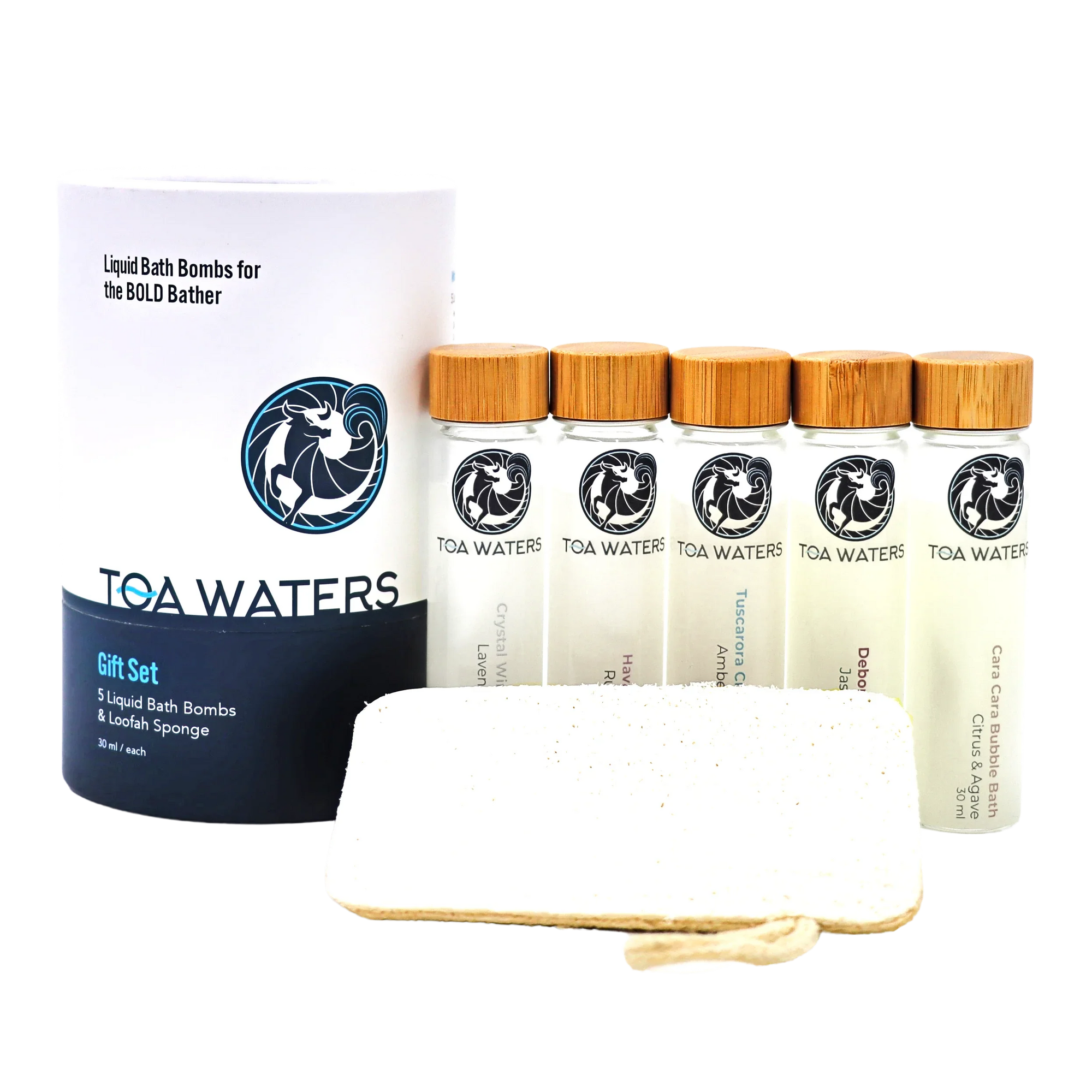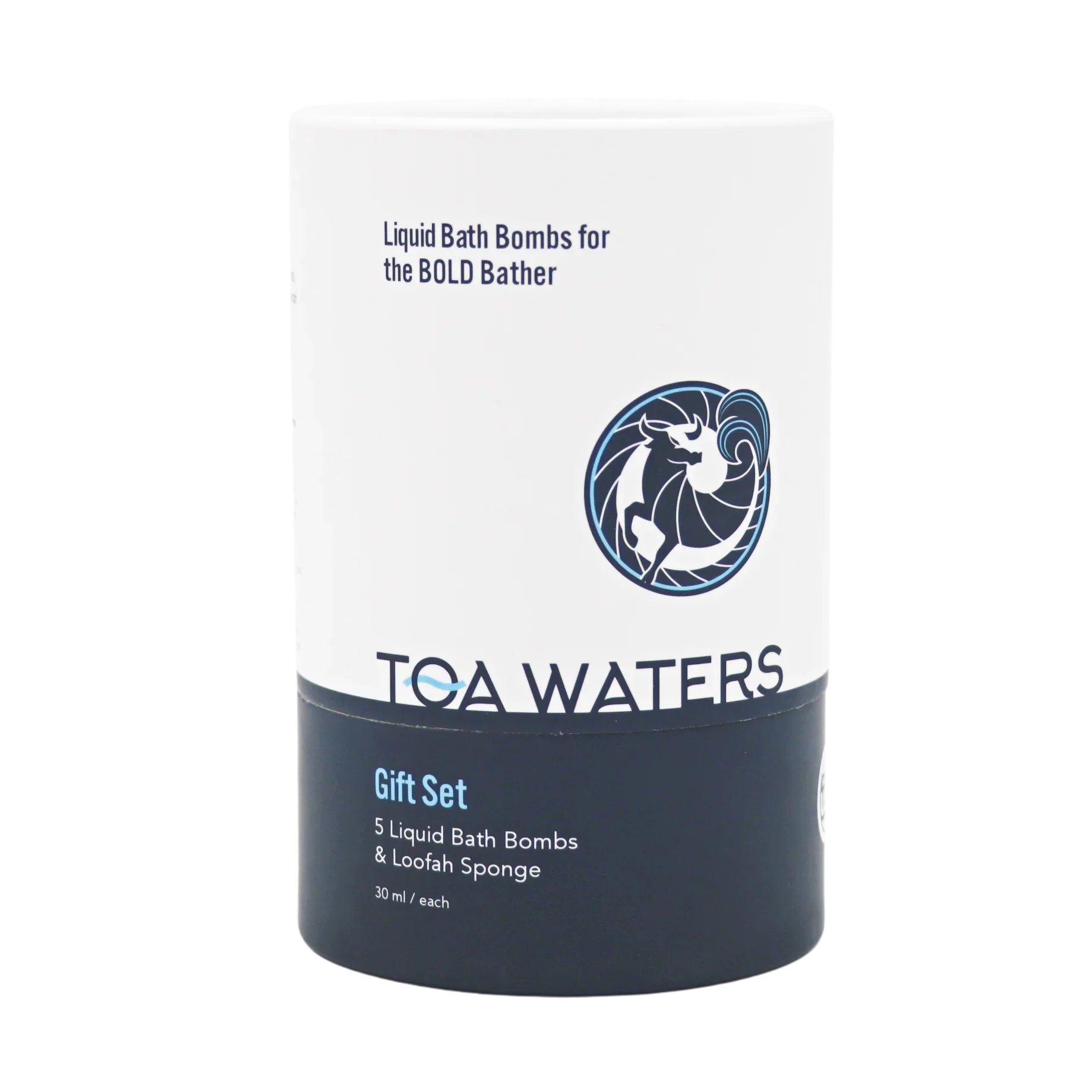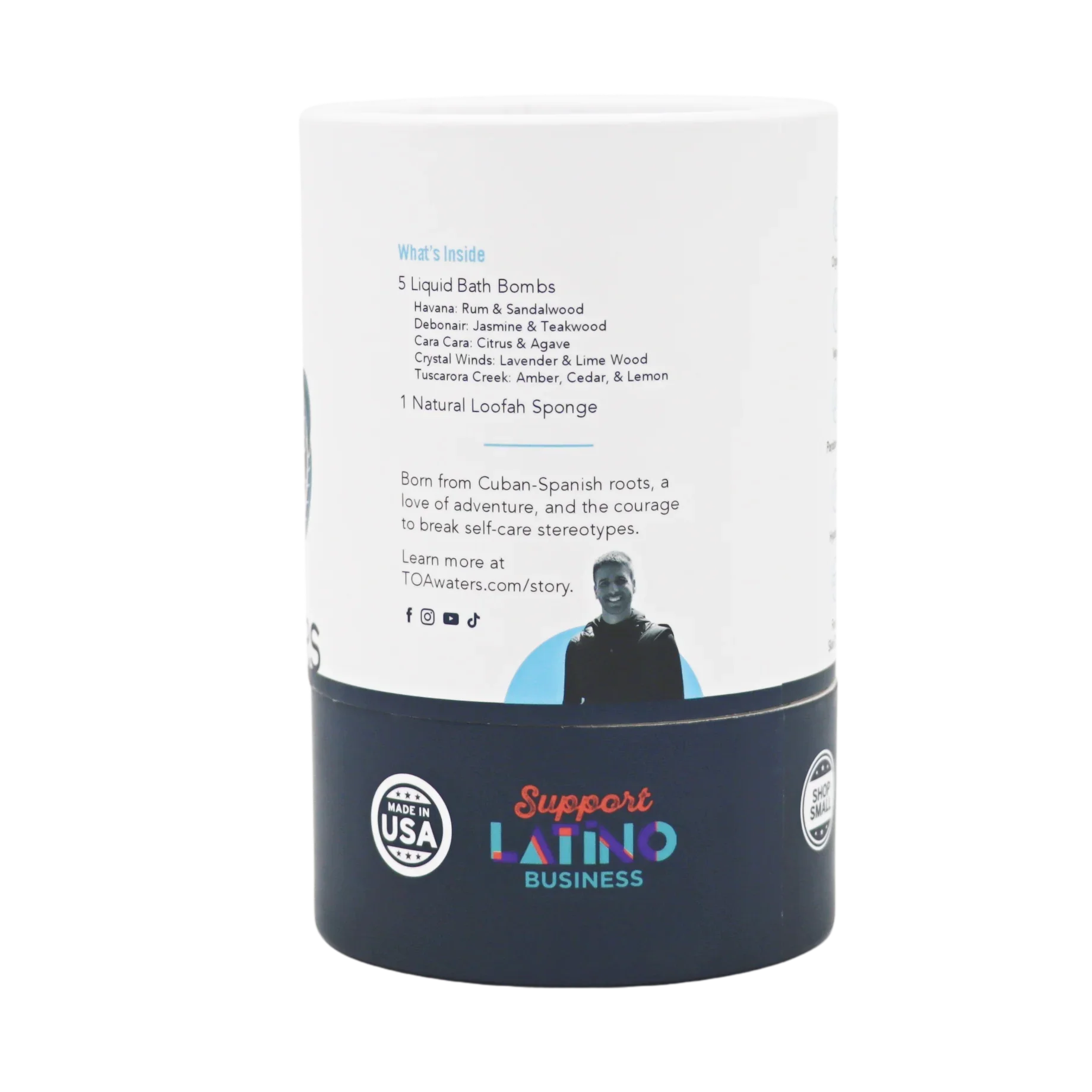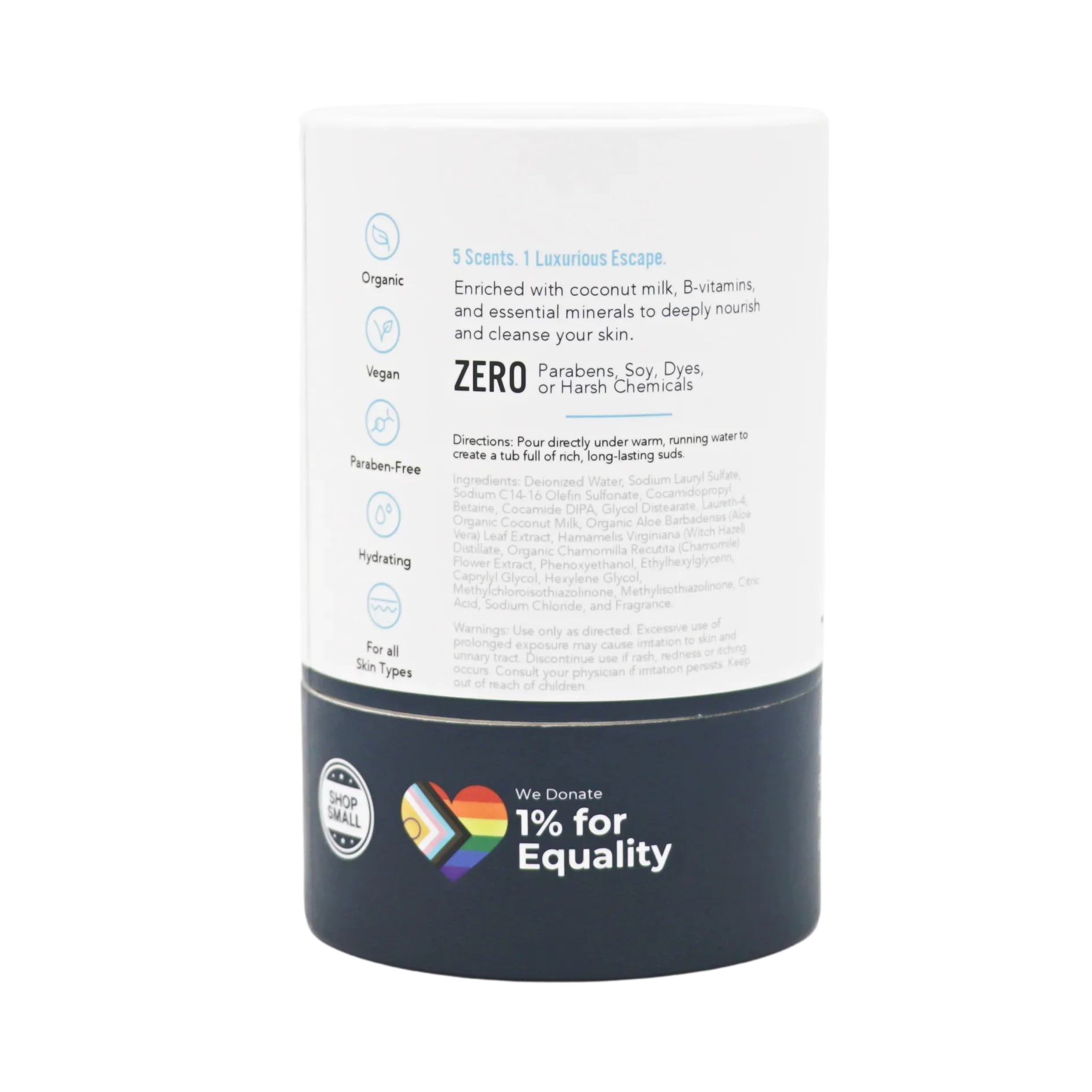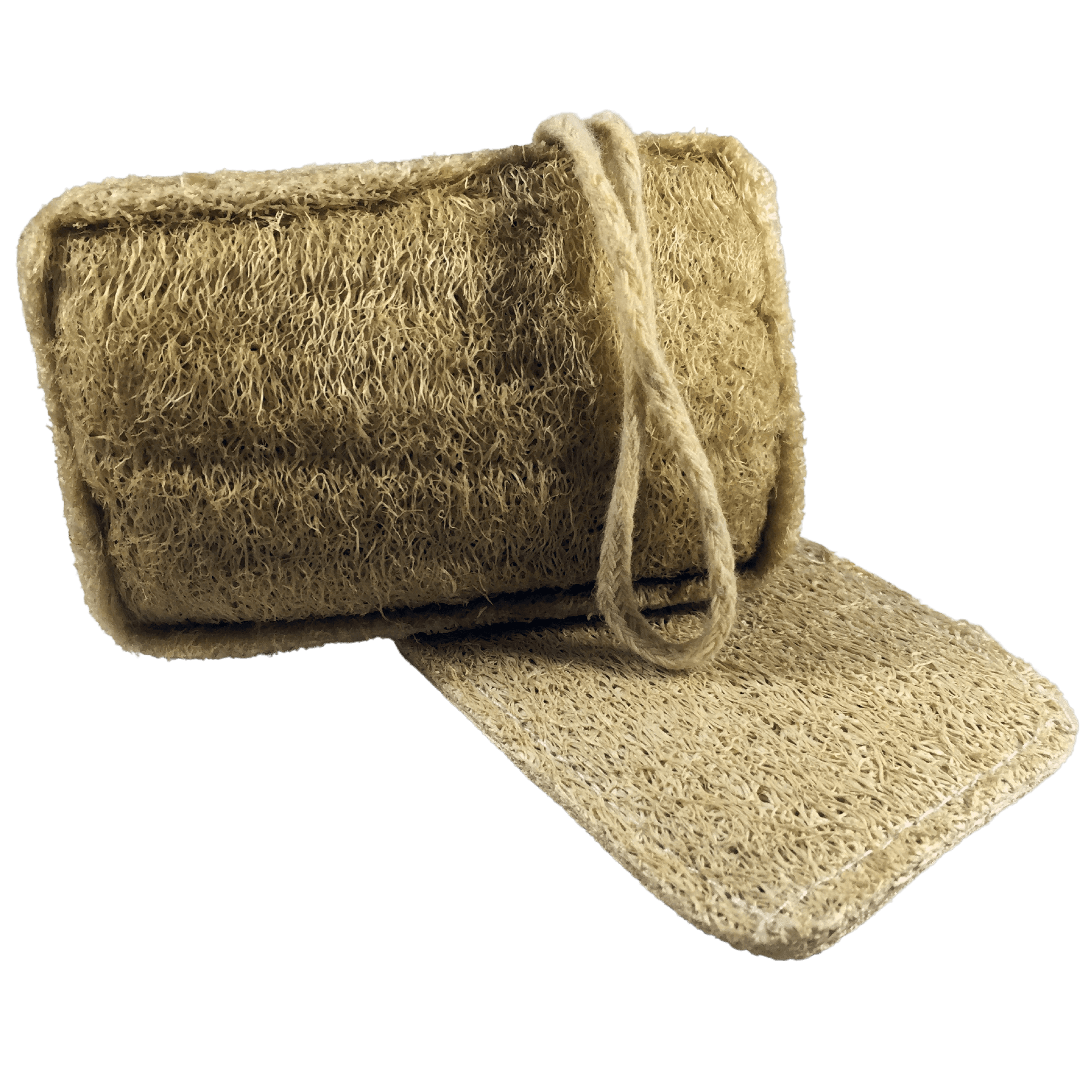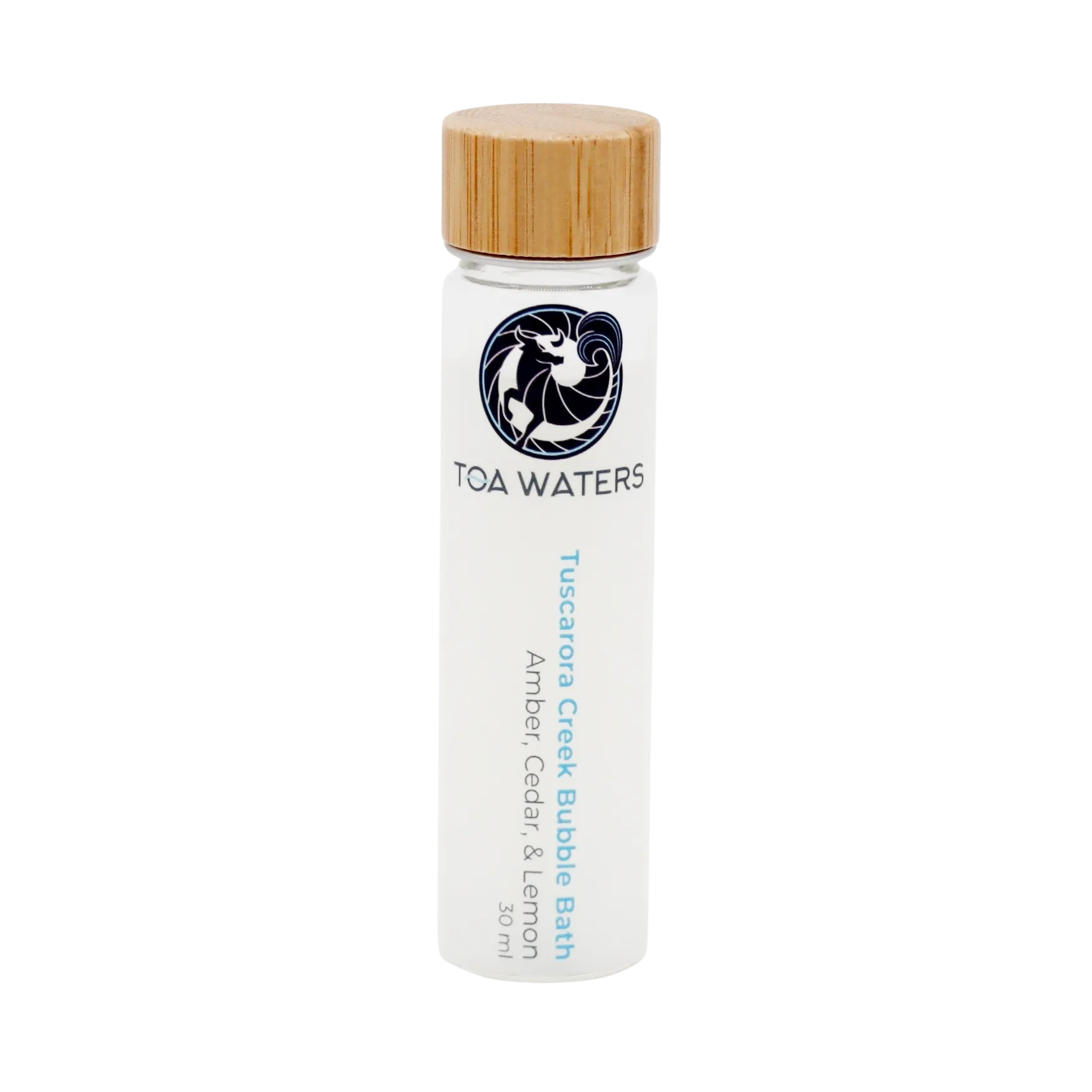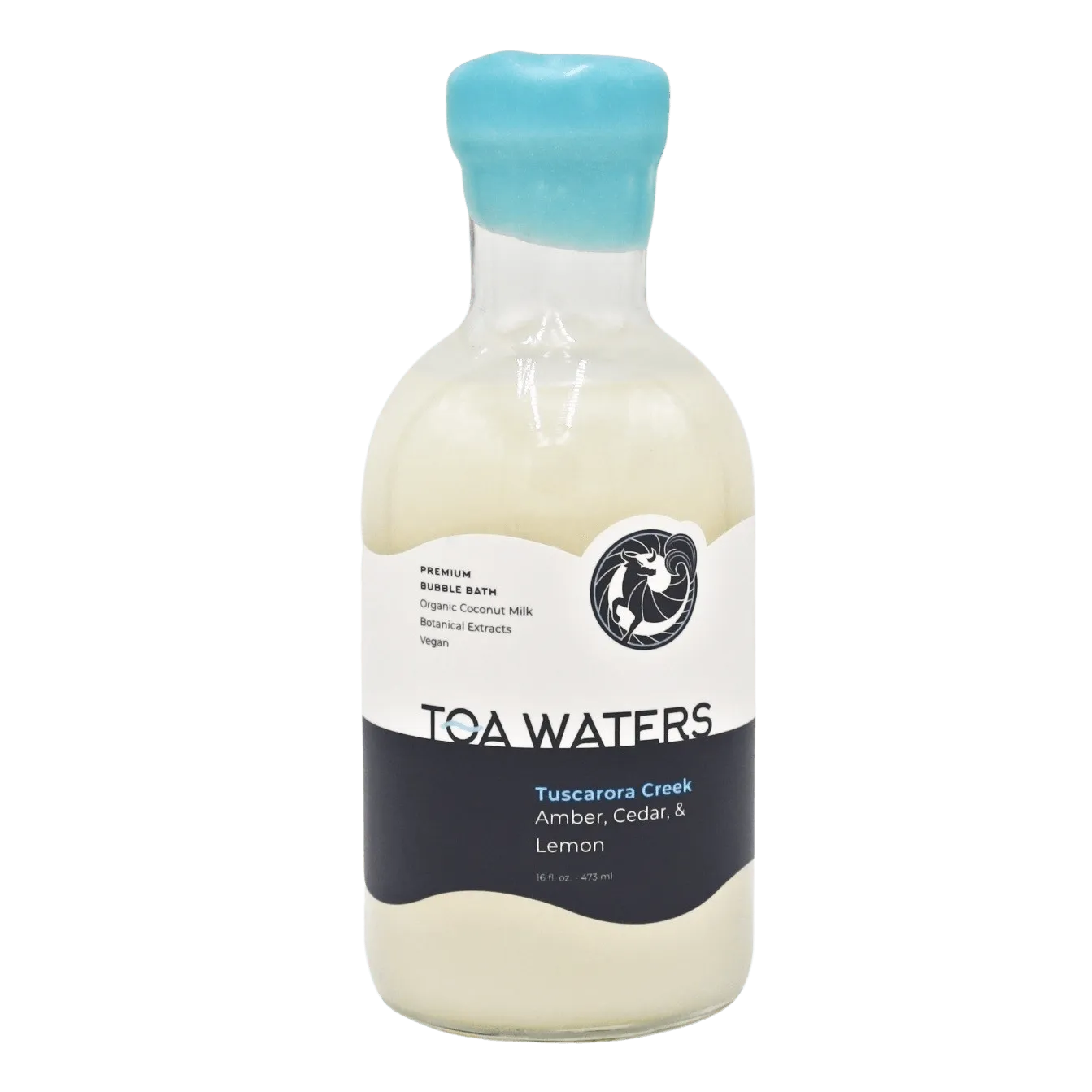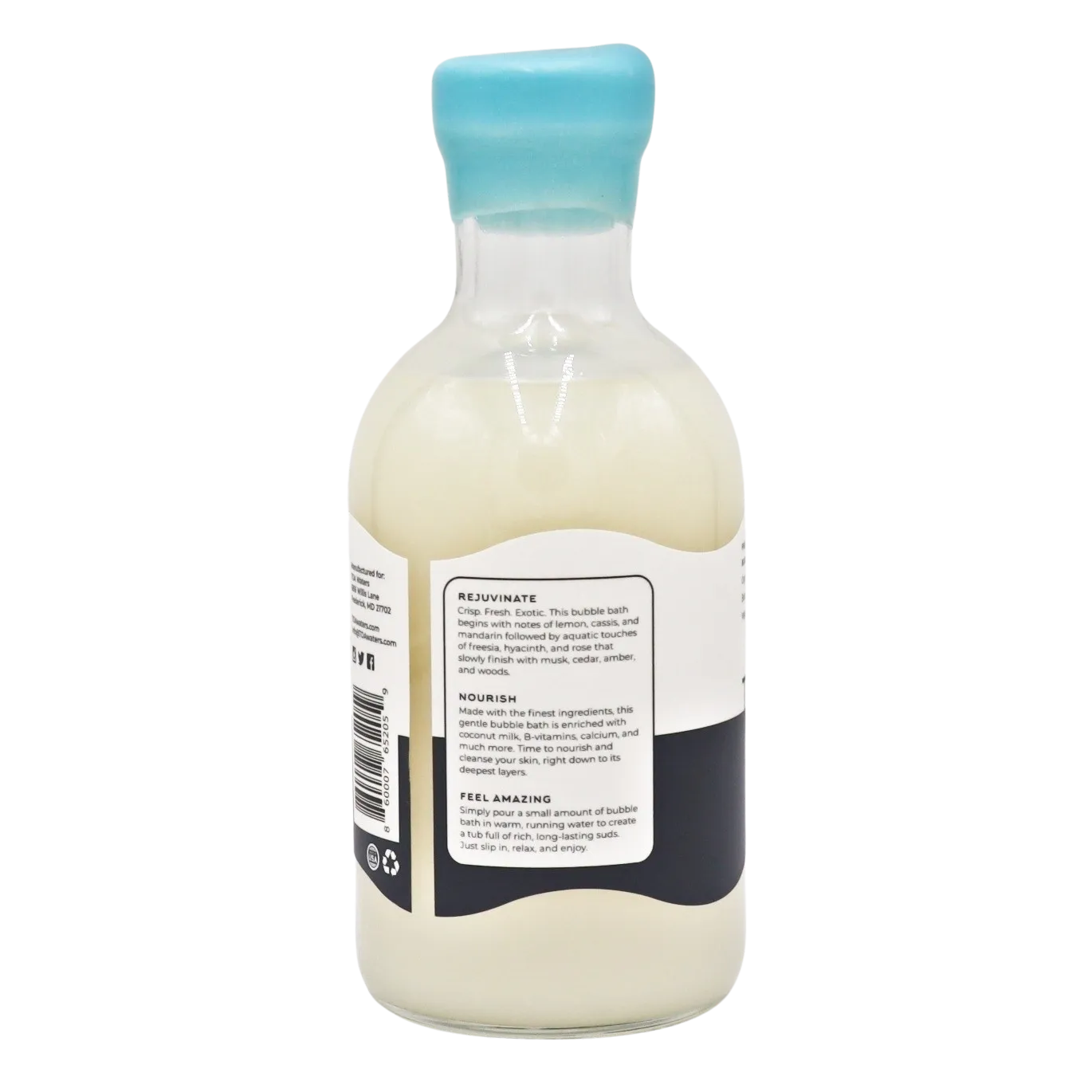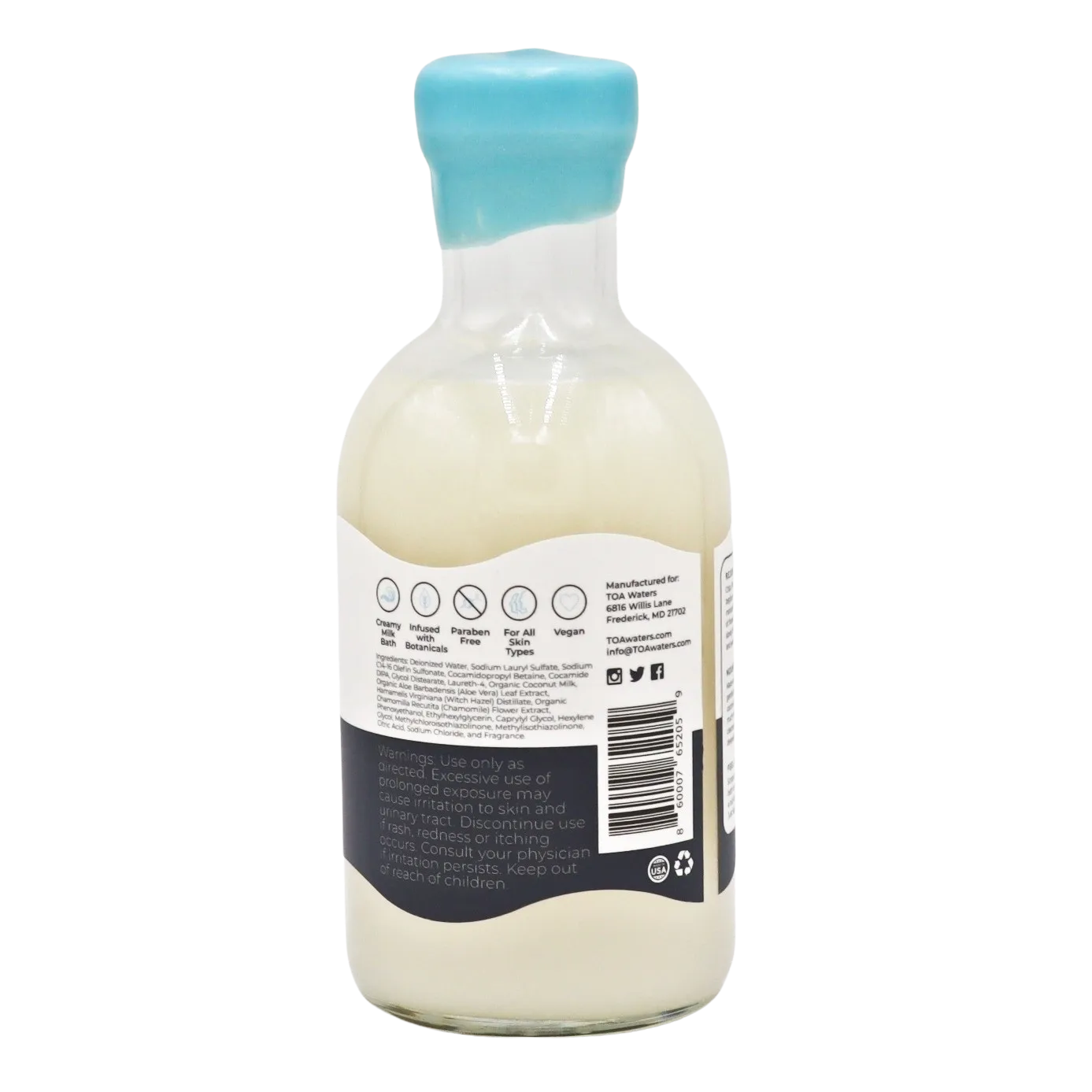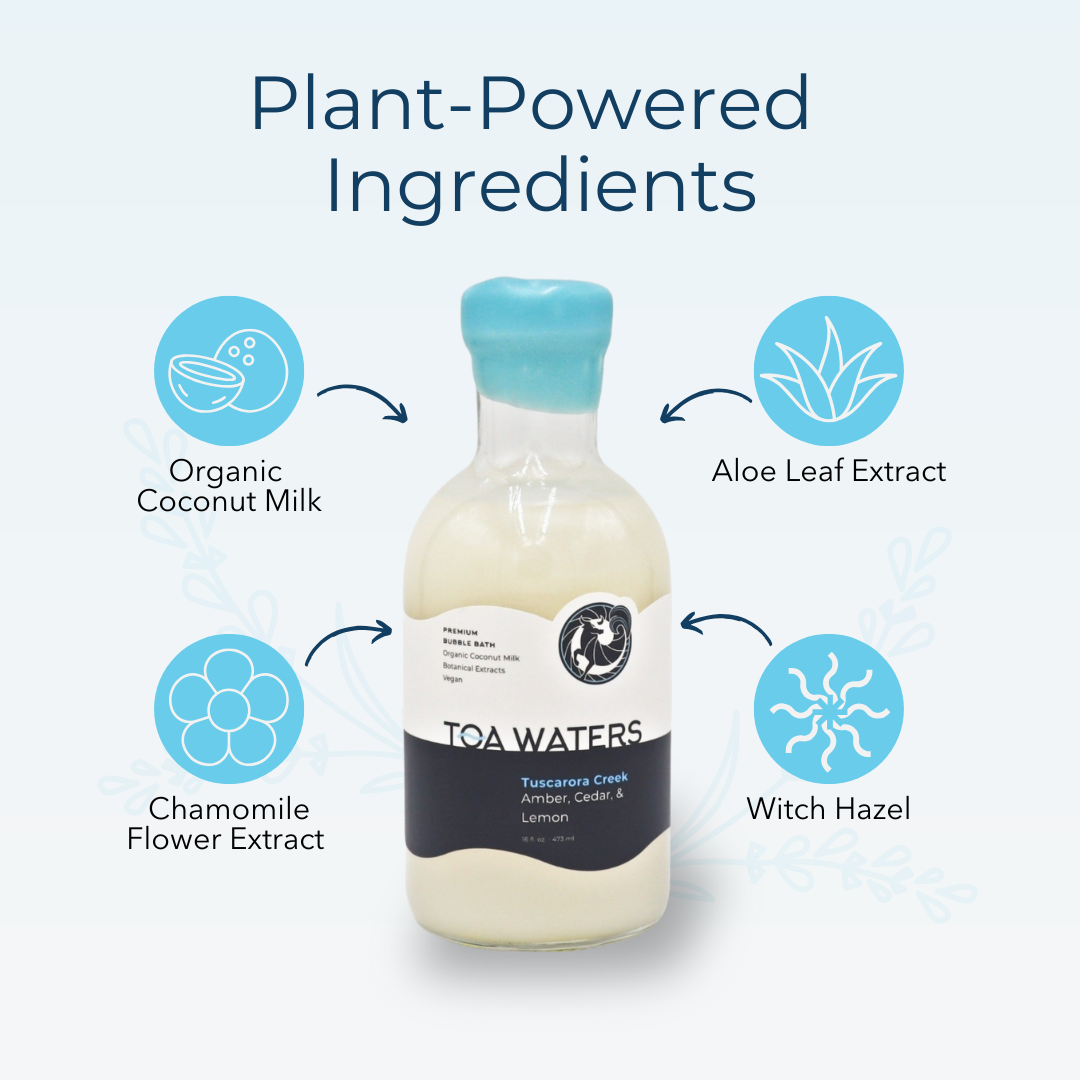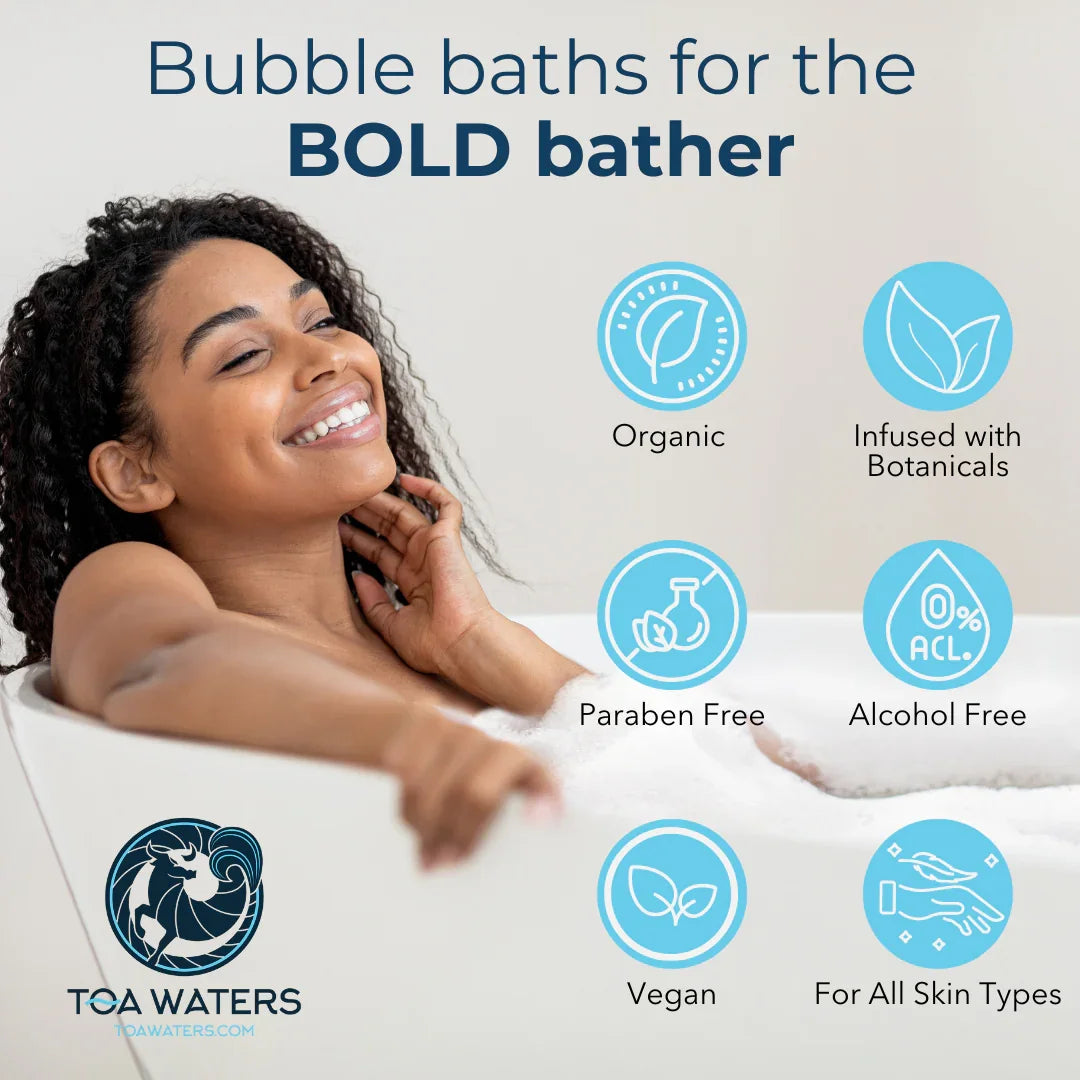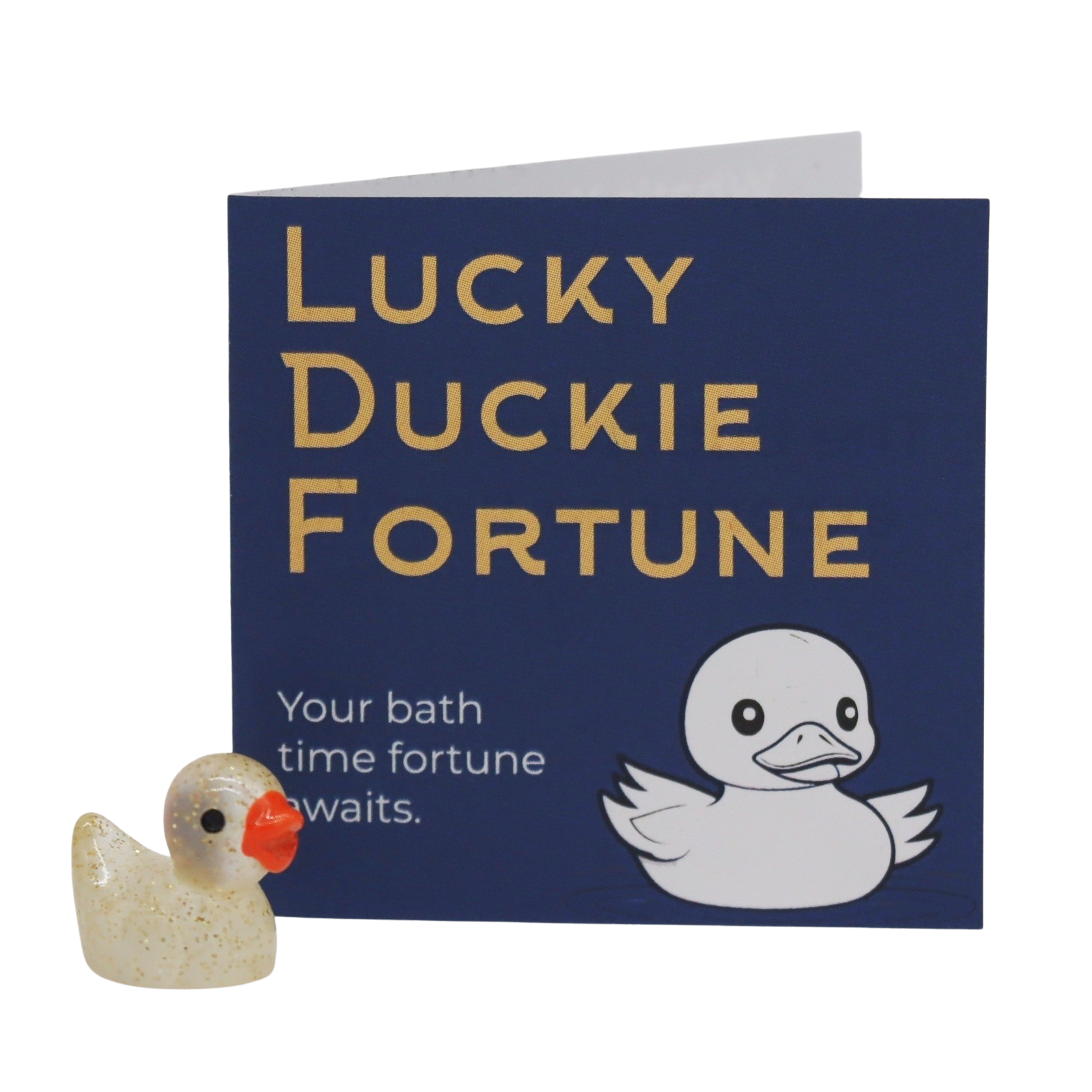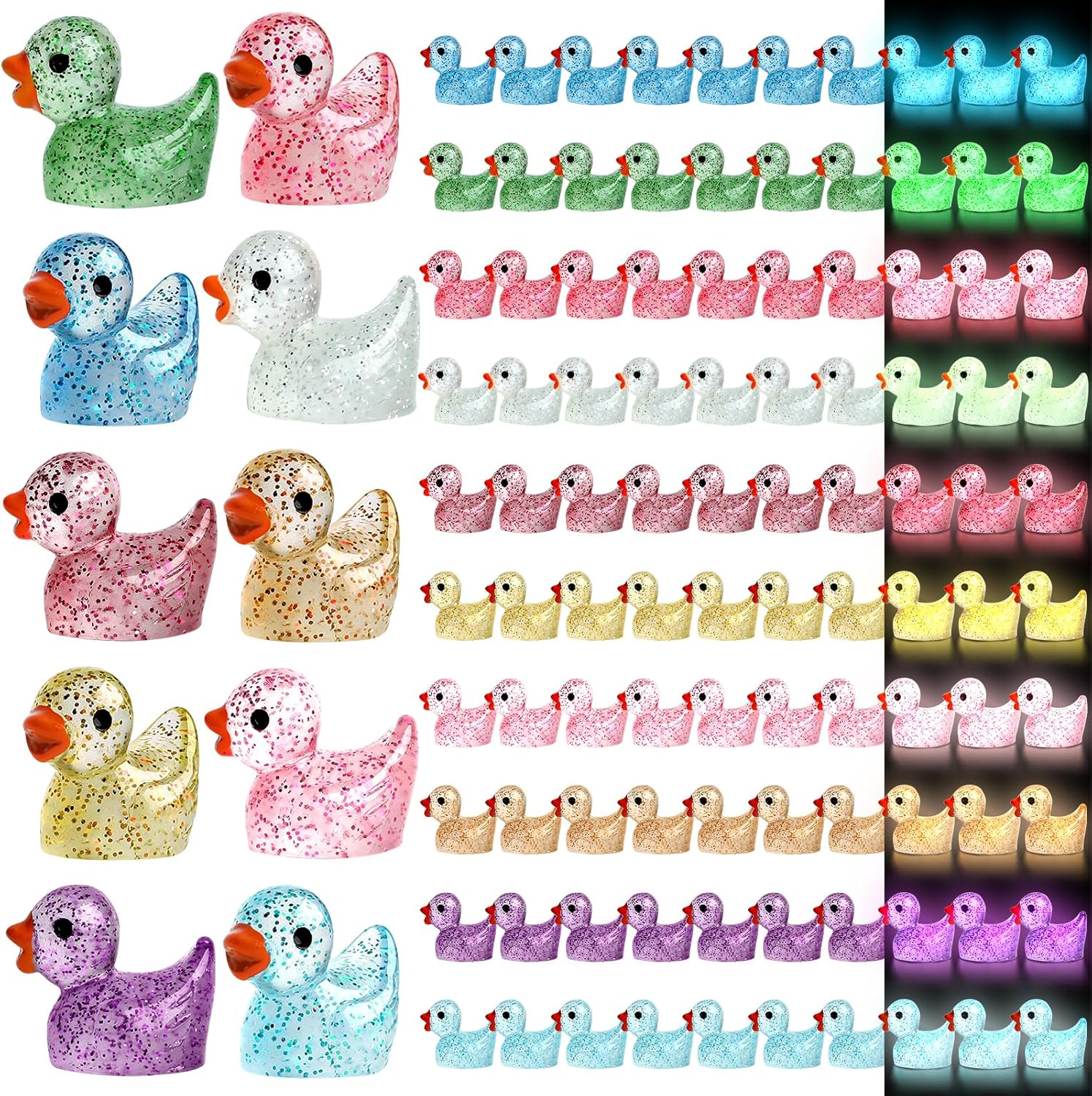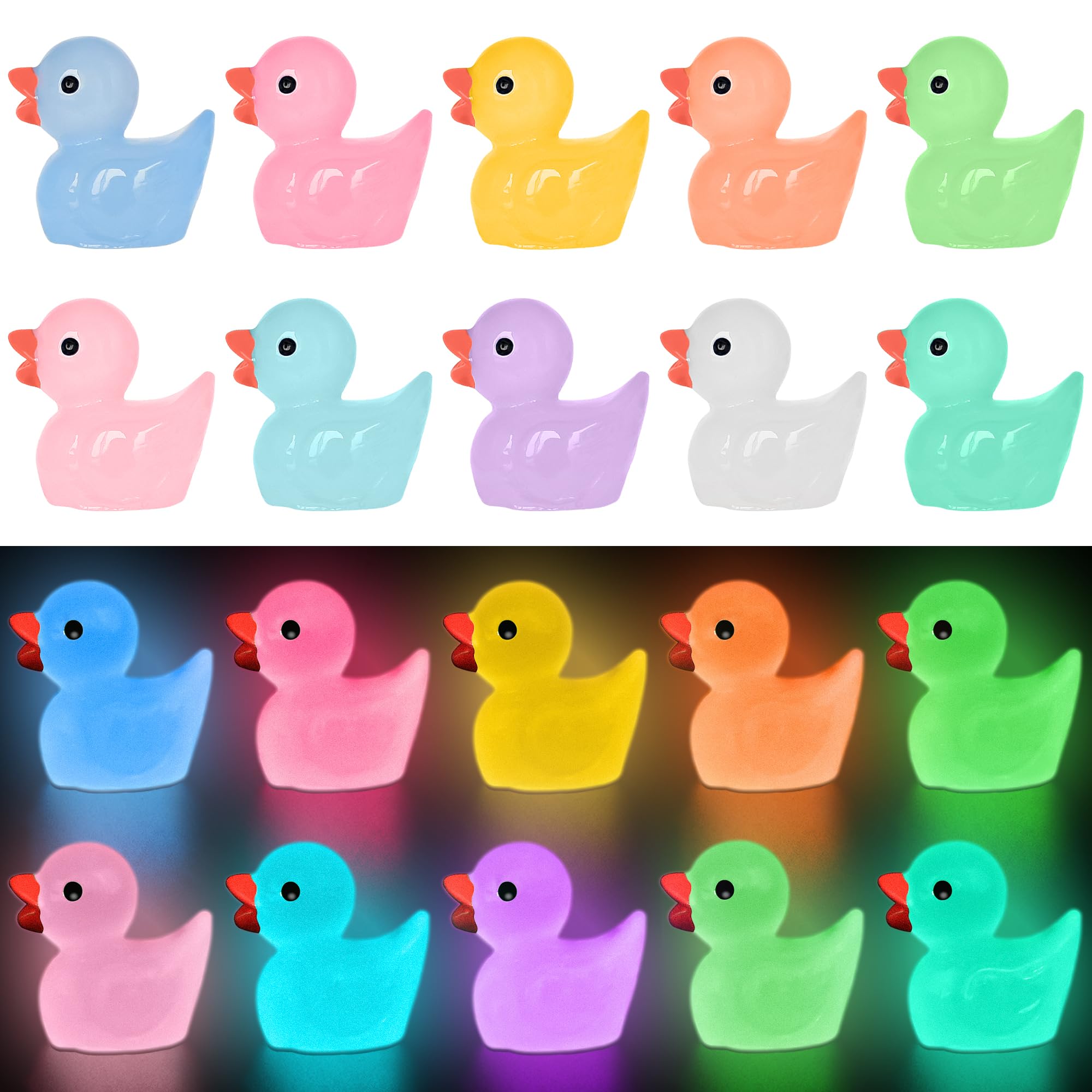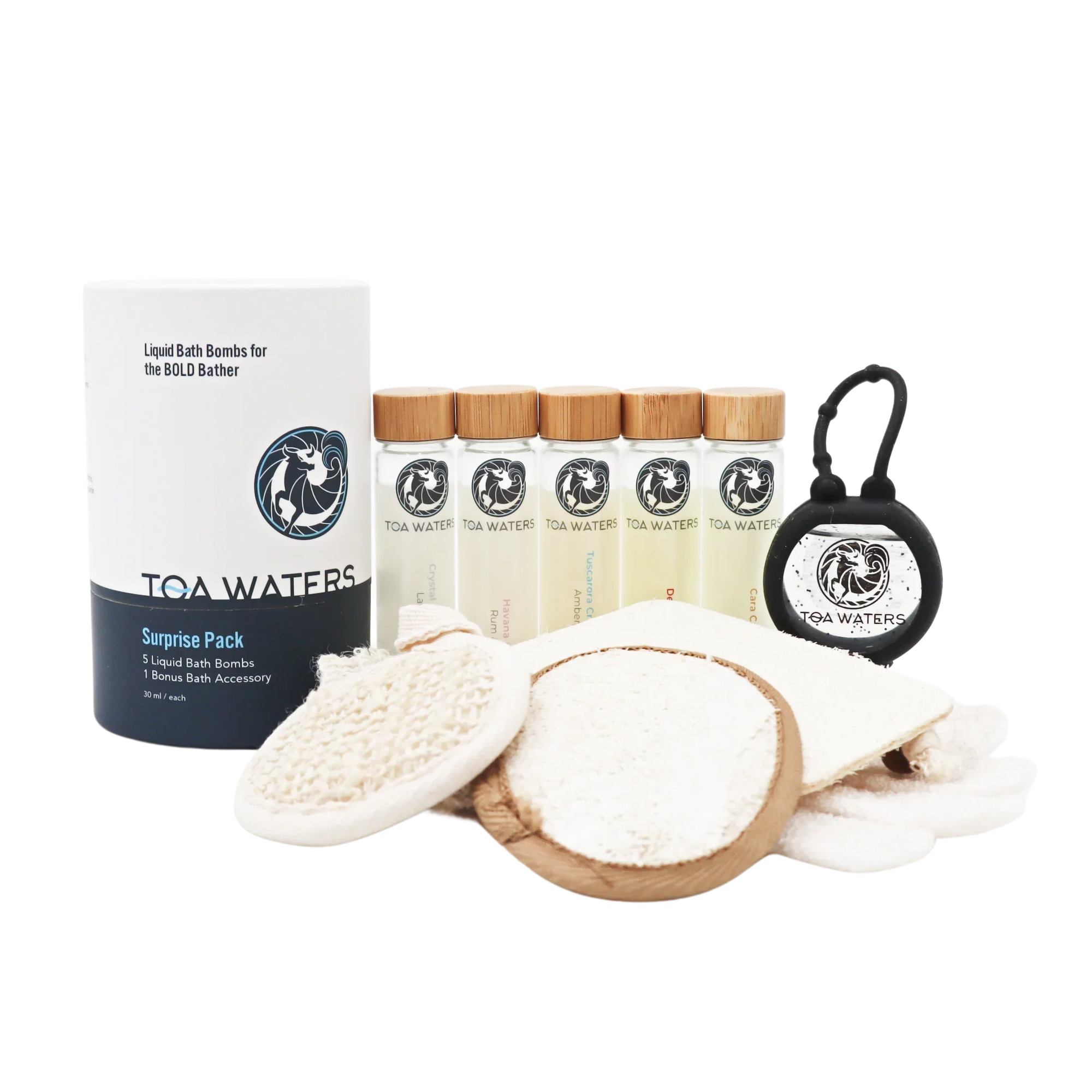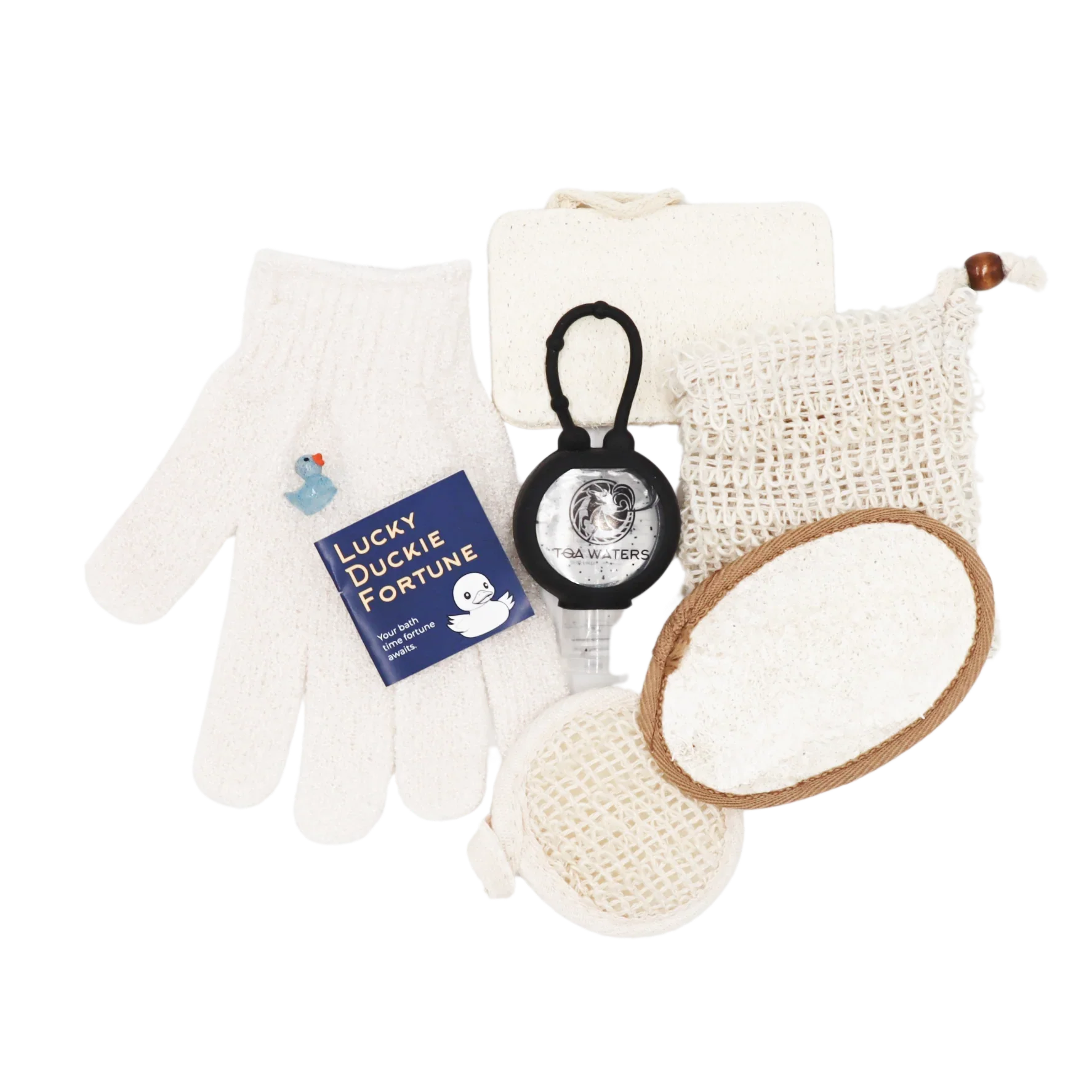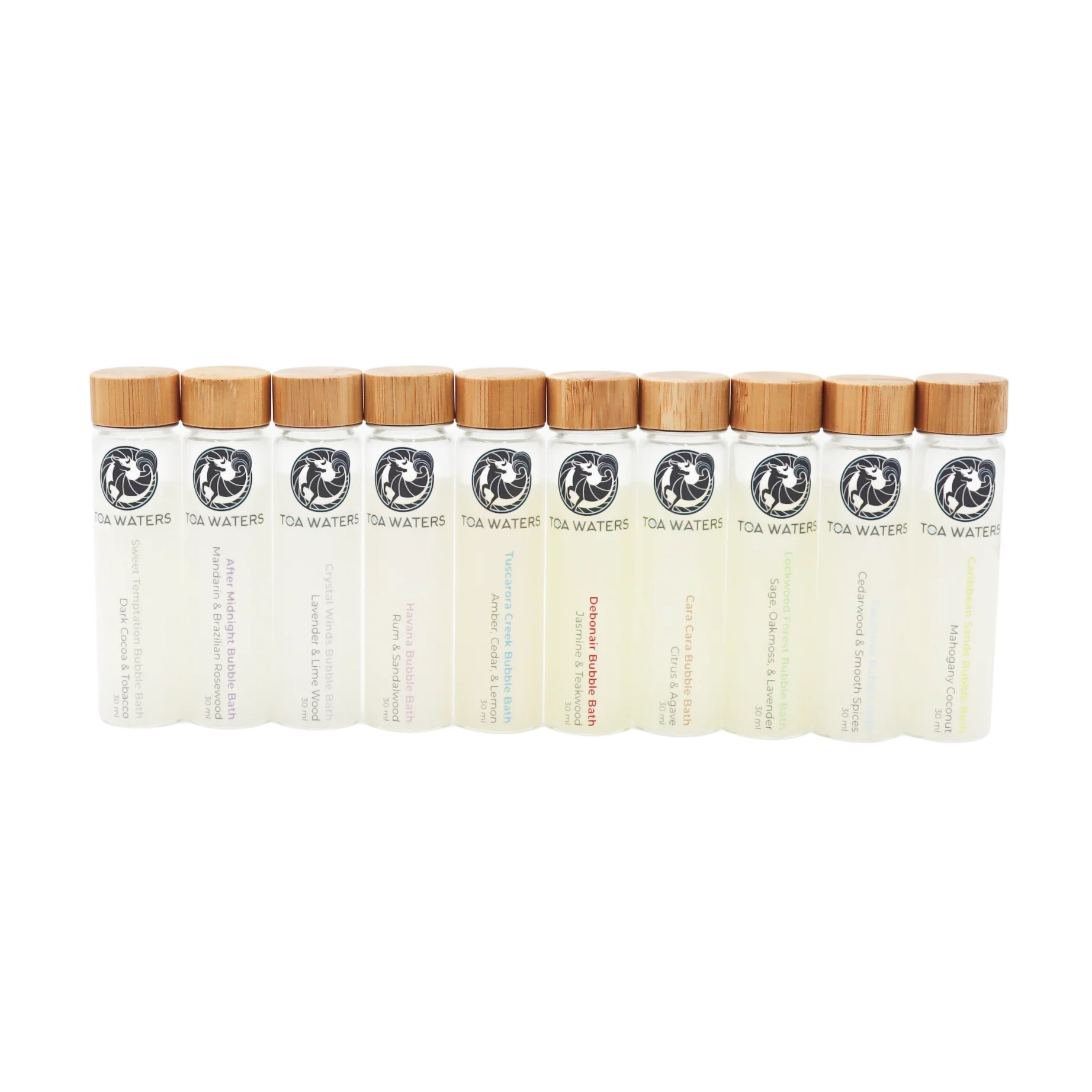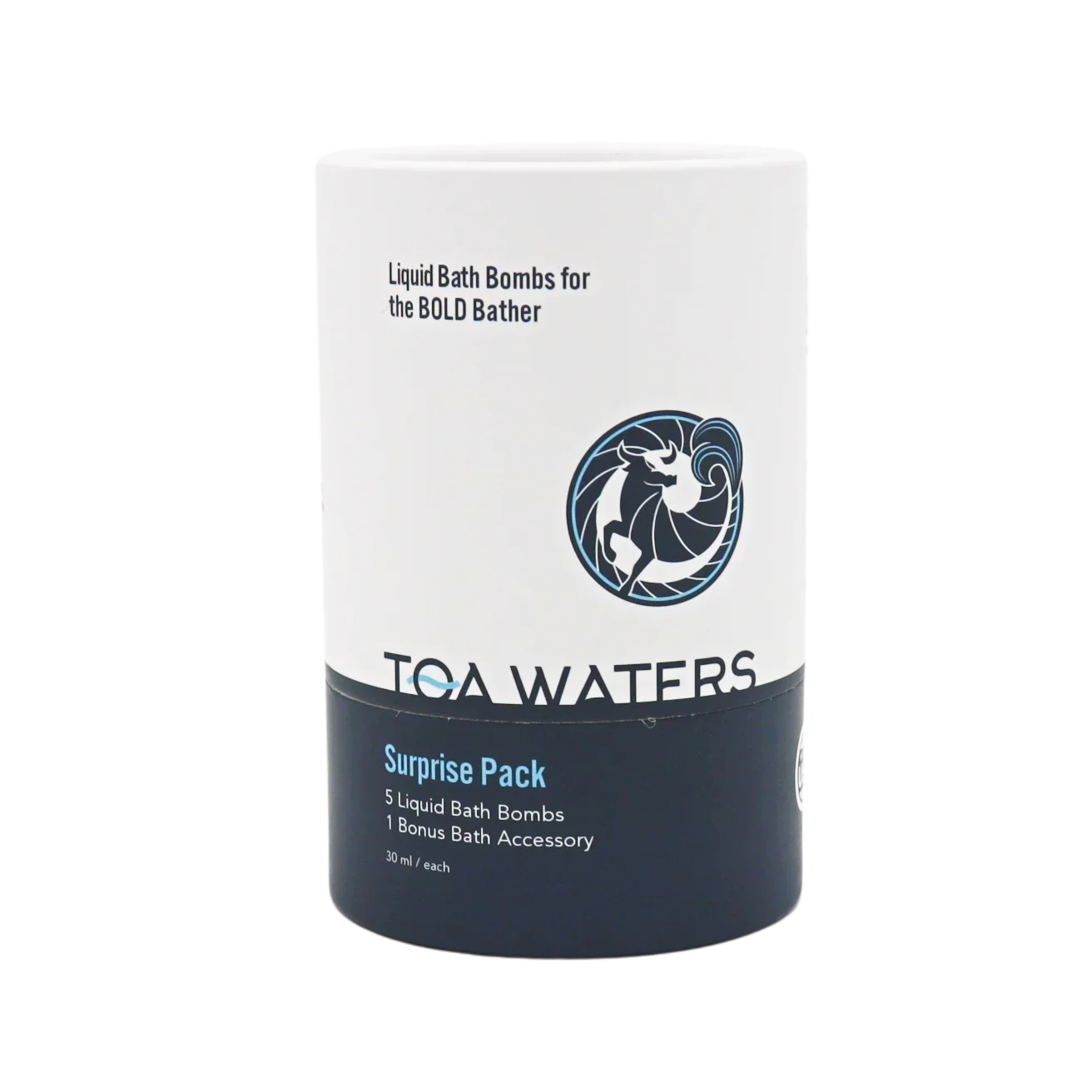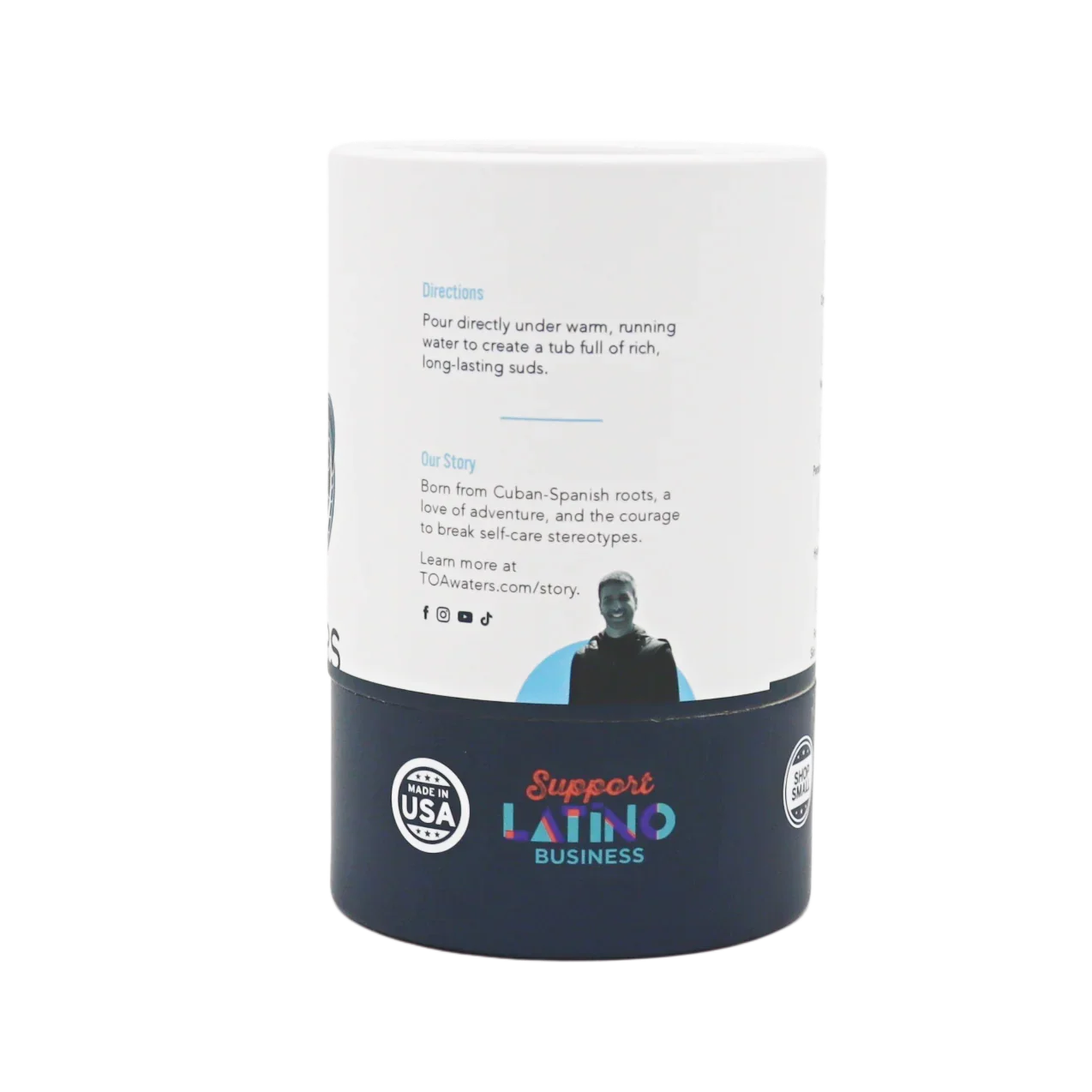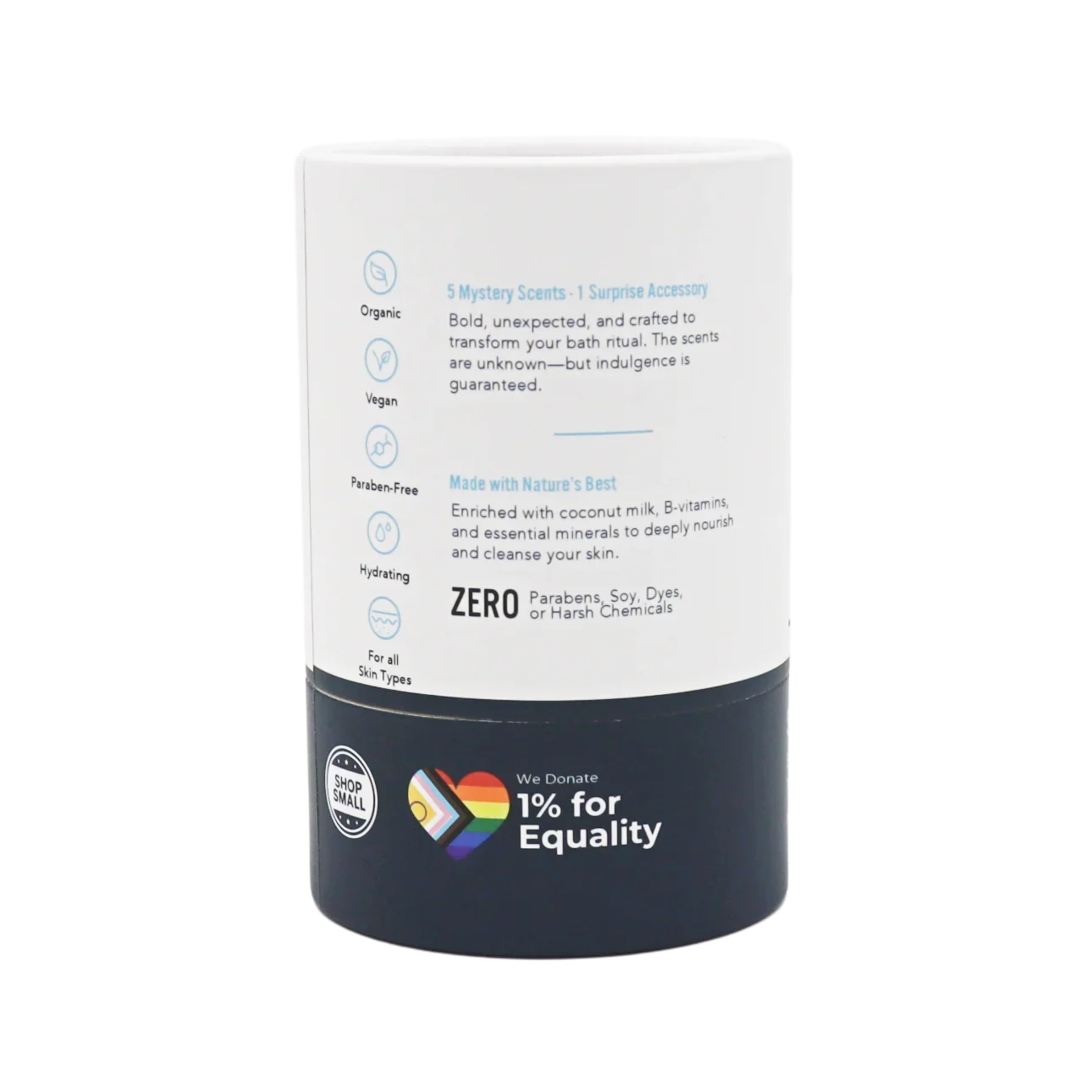Loofah vs Sponge: Eco-Friendly Bathing Options
When it comes to shower essentials, the humble loofah and sponge are often at the forefront of the conversation. Both have their unique benefits and drawbacks, but which one is the better choice for an eco-friendly bathing routine? In this article, we'll dive deep into the world of loofahs and sponges, exploring their features, benefits, and sustainability to help you make an informed decision.
Understanding Loofah
Loofahs, often referred to as luffa or loofa, are derived from the fibrous interior of the luffa gourd, a plant related to the cucumber. When dried and processed, these fibrous structures make excellent natural exfoliators.
Origins and Cultivation
The luffa gourd is an intriguing plant, belonging to the Cucurbitaceae family, the same as cucumbers and pumpkins. Cultivating luffas is relatively straightforward; they thrive in warm climates and can be grown in home gardens, making them accessible to eco-conscious consumers who wish to grow their own bathing tools. Once the gourds reach maturity, they are harvested, peeled, and dried, revealing the fibrous interior that becomes the loofah.
Benefits of Using a Loofah
- Natural Exfoliation: Loofahs are renowned for their exfoliating properties. The natural fibers help to slough off dead skin cells, promoting smoother and healthier skin. This gentle exfoliation can improve circulation and help prevent clogged pores, contributing to a radiant complexion.
- Biodegradable: As a plant-based product, loofahs are fully biodegradable. You can compost them once they've reached the end of their useful life, reducing landfill waste and supporting soil health.
- No Harmful Chemicals: Unlike some synthetic alternatives, loofahs contain no harmful chemicals, making them safe for your skin and the environment. This purity makes them particularly attractive for those with sensitive skin or allergies to synthetic materials.
Drawbacks of Loofahs
- Maintenance: Loofahs require proper maintenance to prevent mold and bacteria growth. They should be thoroughly rinsed and allowed to dry completely between uses. Without regular care, they can become breeding grounds for bacteria, posing a risk to skin health.
- Durability: Natural loofahs can wear out faster than synthetic sponges, especially if used daily. While they are effective exfoliators, their natural fibers can break down over time, necessitating frequent replacement.
Variations in Loofahs
Loofahs are available in a variety of sizes and textures to cater to different skin types and preferences. Some are softer and better suited for sensitive skin, while others offer a more vigorous exfoliation for those who prefer a robust scrubbing experience. Understanding these variations can help you select the perfect loofah for your needs.
Exploring Sponges

Sponges come in various types, ranging from natural sea sponges to synthetic options. Each type has its own set of characteristics that cater to different preferences and needs.
Types of Sponges
- Natural Sea Sponges: Harvested from the ocean, these sponges are known for their soft texture and natural antibacterial properties. They are prized for their ability to gently cleanse without irritating the skin.
- Synthetic Sponges: Made from materials like polyurethane, synthetic sponges are widely available and come in various shapes, sizes, and textures. They are often designed to mimic the feel of natural sponges, offering a wide range of options for consumers.
Benefits of Using a Sponge
- Softness: Sponges, especially natural sea sponges, are gentle on the skin, making them ideal for sensitive areas. Their plush texture can provide a soothing bathing experience, enhancing relaxation.
- Versatility: Sponges can be used for various purposes, from gentle exfoliation to lathering up soap or body wash. Their ability to hold water and soap makes them efficient cleaning tools, both in the shower and around the home.
- Durability: Synthetic sponges often last longer than natural loofahs, making them a cost-effective option. Their resilience allows them to withstand frequent use without degrading quickly.
Drawbacks of Sponges
- Environmental Impact: Synthetic sponges are not biodegradable and can contribute to plastic pollution. Their production often involves non-renewable resources, raising sustainability concerns. Natural sea sponges, while biodegradable, raise concerns about sustainable harvesting practices, as over-harvesting can damage marine ecosystems.
- Potential Allergens: Some synthetic sponges may contain chemicals that can irritate sensitive skin. It's important to check the materials used in synthetic sponges to avoid potential allergens.
Innovations in Sponge Design
Recent innovations have led to the development of eco-friendly sponge alternatives made from natural materials like cellulose and bamboo fibers. These sponges offer a more sustainable option, combining the softness and durability of traditional sponges with a reduced environmental footprint.
Eco-Friendly Considerations
 by Arthur Franklin (https://unsplash.com/@arthurlfranklin)
by Arthur Franklin (https://unsplash.com/@arthurlfranklin)
When choosing between a loofah and a sponge, it's essential to consider the environmental impact of each option.
Sustainability of Loofahs
- Renewable Resource: Loofahs are made from a renewable resource -- the luffa gourd. This plant can be cultivated and harvested without significant harm to the environment. Supporting local farmers who grow luffas can also contribute to sustainable agricultural practices and community economies.
- Composting: Once your loofah has worn out, you can compost it, reducing waste and contributing to a circular economy. This aspect makes loofahs an excellent choice for those committed to zero-waste lifestyles.
Sustainability of Sponges
- Natural Sea Sponges: While biodegradable, the harvesting of natural sea sponges can disrupt marine ecosystems if not done sustainably. It's crucial to source sea sponges from reputable suppliers who adhere to sustainable practices, ensuring the conservation of marine biodiversity.
- Synthetic Sponges: These are typically made from non-renewable petroleum-based materials and are not biodegradable. Opting for sponges made from recycled materials or those with eco-certifications can help mitigate their environmental impact. Additionally, some companies are developing biodegradable synthetic sponges to address sustainability concerns.
Comparing Environmental Footprints
When assessing the eco-friendliness of loofahs versus sponges, consider factors such as production processes, biodegradability, and the potential for recycling or composting. By evaluating these aspects, you can make a choice that aligns with your environmental values
Tips for Maintaining Your Bathing Essentials
Regardless of whether you choose a loofah or a sponge, proper maintenance is key to ensuring their longevity and hygiene.
Loofah Maintenance
- Rinse thoroughly after each use: Ensure all soap and debris are washed out. This step is crucial to prevent the buildup of bacteria and mold, which can compromise hygiene and skin health.
- Allow to dry completely: Hang your loofah in a well-ventilated area to prevent mold and bacteria growth. Proper drying techniques can significantly extend the life of your loofah.
- Replace regularly: Depending on usage, loofahs should be replaced every 3-4 weeks. Regular replacement ensures optimal exfoliation and hygiene, keeping your skin healthy.
Sponge Maintenance
- Rinse after each use: Remove all soap and residue to maintain the sponge's cleanliness. This practice helps prevent the growth of bacteria and ensures the sponge remains effective.
- Dry properly: Place your sponge in a well-ventilated area to dry completely between uses. Proper drying prevents the sponge from becoming a breeding ground for germs.
- Sanitize periodically: Natural sponges can be soaked in a vinegar solution to kill bacteria, while synthetic sponges can be microwaved (when damp) for a few seconds. Regular sanitization can prolong the life of your sponge and safeguard your skin.
Additional Care Tips
For both loofahs and sponges, consider periodically inspecting them for signs of wear or damage. Replacing them as needed ensures you are using tools that effectively cleanse and care for your skin. Additionally, consider rotating between multiple loofahs or sponges to allow thorough drying and extend their lifespan.
Conclusion
Choosing between a loofah and a sponge ultimately depends on your personal preferences and environmental values. Both options offer unique benefits and can enhance your bathing experience. By considering the sustainability, maintenance, and specific features of each, you can make an informed decision that aligns with your values and lifestyle.
Whether you're a busy marketing executive, an active programmer, or a passionate small business owner, embracing eco-friendly bathing options like natural loofahs and sustainably sourced sponges can make your self-care routine more enjoyable and environmentally responsible. By making thoughtful choices, you contribute to a healthier planet while enjoying the benefits of a refreshing and rejuvenating bathing experience.









